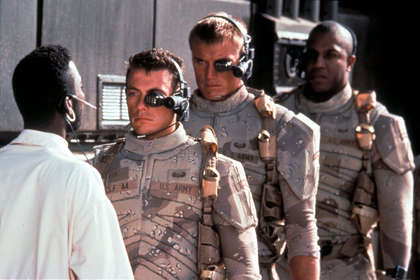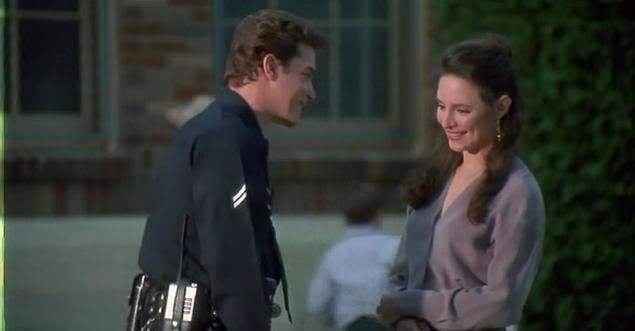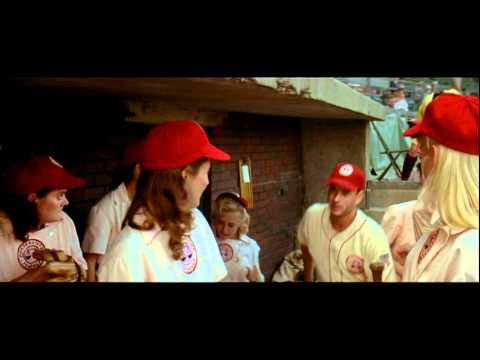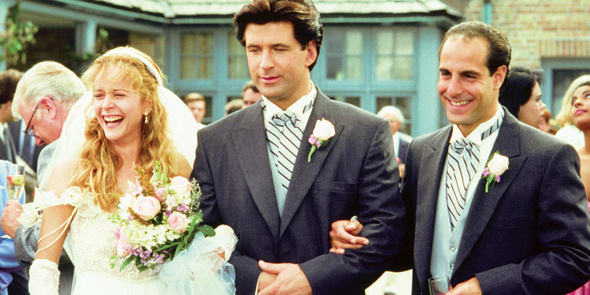Course File on Experimental Film (Part 1) (1982)
From AFI Education Newsletter (January-February 1982). Because of the length of this, I’ll be running it in two installments. — J.R.
EXPERIMENTAL FILM:
FROM UN CHIEN ANDALOU TO CHANTAL AKERMAN (Part 1)
UNIT l: lntroduction
One distinct advantage to teaching a course in experimental film as opposed to avant-garde film is that it automatically gives one much more leeway in terms of screenings to be selected as well as overall teaching approaches. While “avant-garde cinema” can be regarded, by and large, as a distinct body of work with its own traditions, history and critical literature, “experimental film” is a rather more subjective and ambiguous category, and one that cuts across certain forms of commercial as well as avant-garde filmmaking. (There are many more references to various commercial forms of filmmaking, including Hollywood, in David Curtis’s Experimental Cinema, than there are in P. Adams Sitney’s Visionary Film: The American Avant-Garde.)
Consequently, any teacher setting out to plan a course in experimental rather than avant-garde cinema automatically has a greater amount of material to select from, and substantially more freedom in defining the scope and limits of his or her subject. By the same token, the demands placed on one’s imagination, creative input and organizational capacities might also be significantly greater. Read more






